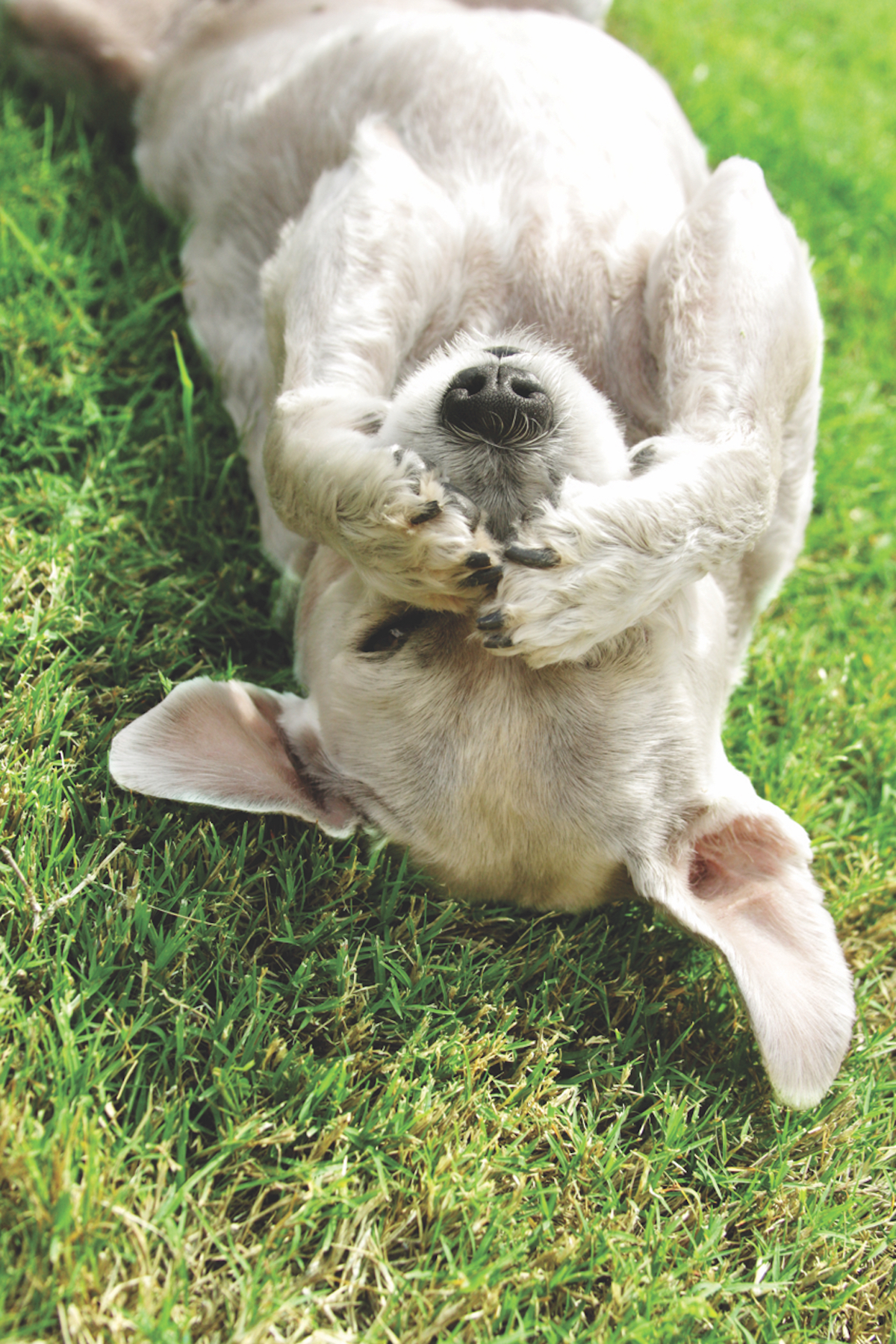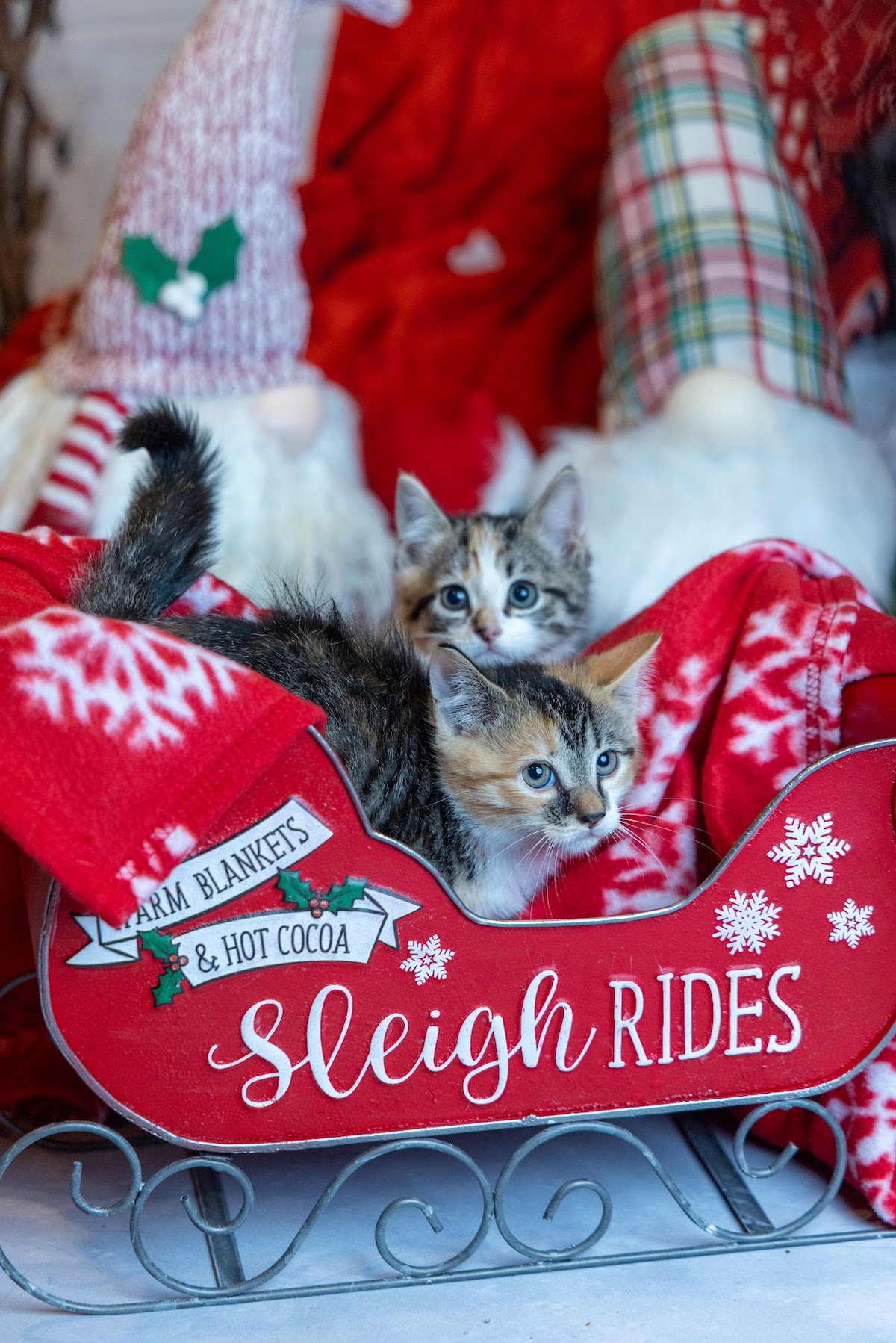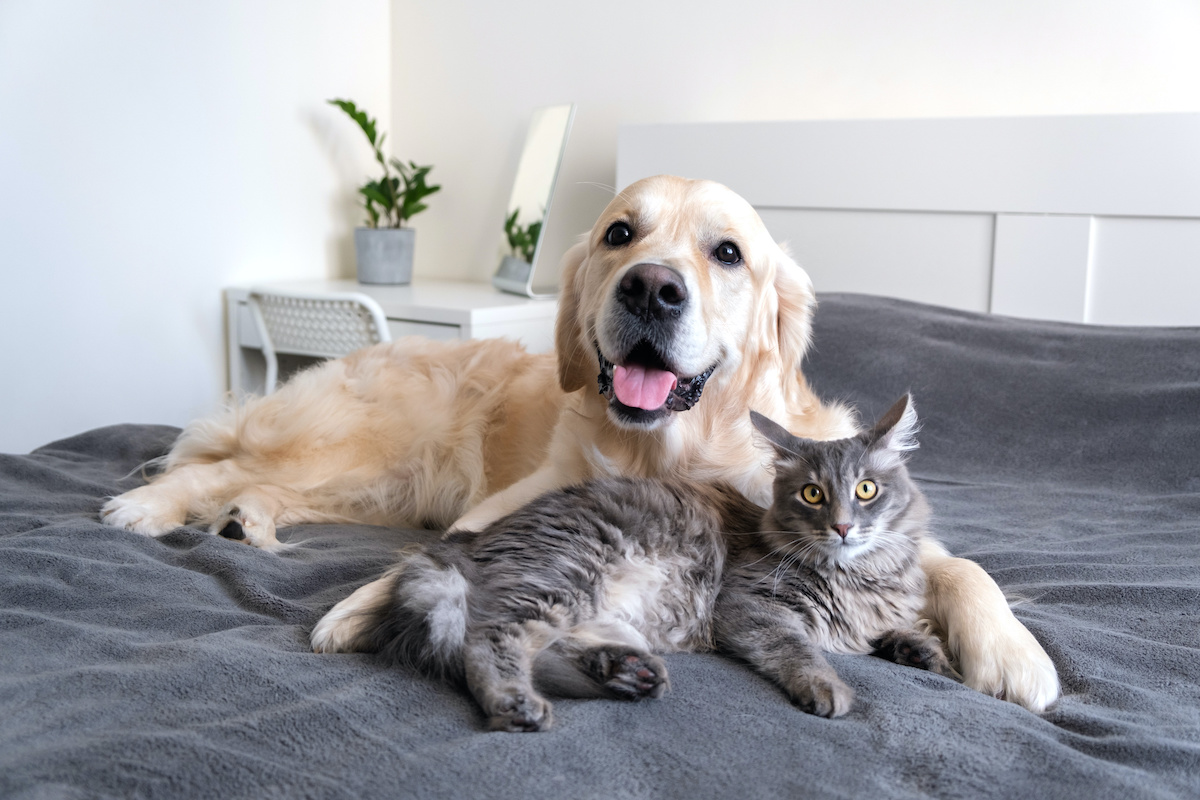By Tracie Korol
We’ve all seen this plant in vacant fields or along the roadsides or in any ground that has been disturbed. It is a biennial, sprouting a rosette of fuzzy leaves upon the ground the first year, and sending up its characteristic yellow flowered stalk the second. After seeding, the plant dies. The dead brown stalk is an excellent indicator of where to look for first year rosettes, as they can often be found within 15-20 feet from the dead stalk. All parts of the plant offer an abundance of healing medicine at different seasons with expectorant, diuretic, demulcent, sedative, astringent, anti-inflammatory and wound healing properties. The seeds, however, are bad news.
The name mullein probably comes from the Latin word mollis, meaning soft, referring to the plant’s woolly stem and leaves. These fuzzy gray-green leaves and bright yellow flowers contain mucilage, which is soothing to irritated membranes, and saponins, which make coughs more productive. Tests have also shown strong anti-inflammatory activity. Leaf or flower teas have been widely used to treat chest colds, bronchitis and asthma. English farmers had their cattle drink it to prevent respiratory problems, hence the name bullock’s lungwort. The Creek Indians drank a decoction of the roots for coughs.
Native Americans of various tribes smoked the roots or the dried leaves to treat asthma. The Pottawatomie also inhaled the smoke for catarrh, and the Hopi smoked the herb to dispel “fits” and witchcraft. Whether European settlers in America learned to use mullein from the Native Americans or vice versa are open to debate; many of the medicinal uses of mullein are similar and widely known in both the Old and New World.
Topical applications have been equally numerous and varied. The Cherokee rubbed mullein leaves in their armpits to treat “prickly rash.” Poultices of the leaves have been used to treat bruises, tumors, and rheumatic pains; treacle spread on a leaf was said to cure hemorrhoids. An ointment made by boiling the leaves in lard or oil is still used to treat skin irritations and itching hemorrhoids. An old-time hemorrhoid treatment called for exposing one’s nether parts twice daily to the smoke of burning frankincense and myrrh and then covering the area with a mullein leaf until the next treatment. The flower oil (made by steeping the flowers in olive oil kept warm in the sun, near a fire, or) has been used for treating earaches and, again, hemorrhoids.
For our dogs, Mullein oil is one of the best, non-toxic treatments for the dreaded Ear Goo. My Bassett hound friend, Moses, was plagued by all varieties of ear ailments. It didn’t help that his ears, long even for a Bassett hound, were always wet having been dragged through streams, puddles and high, wet grass. And it didn’t help that Moses would routinely tread on his own ears, causing a stumble but also minor trauma to the delicate, always irritated inner ear tissues. Over the years, his owner cycled through every suggestion the veterinarians had to offer and each new vet had a new idea. The owner was out of money, out of options and Moses was out of patience.
It was a simple decoction of mullein and garlic that finally did the trick. For chronic ear problems, I have found nothing compares to the healing powers of mullein flowers extracted in an oil base. Make the treatment by covering a well-packed jar of mullein flowers with olive oil. Let it sit for three to four weeks, then massage 10 to 20 drops well into the ear canal, two or three times daily. Symptoms usually clear within a week. Refrigerate after use, and warm to body temperature before each treatment.






